Gardening is often seen as one of the most peaceful, wholesome things you can do, and in many ways, it is.
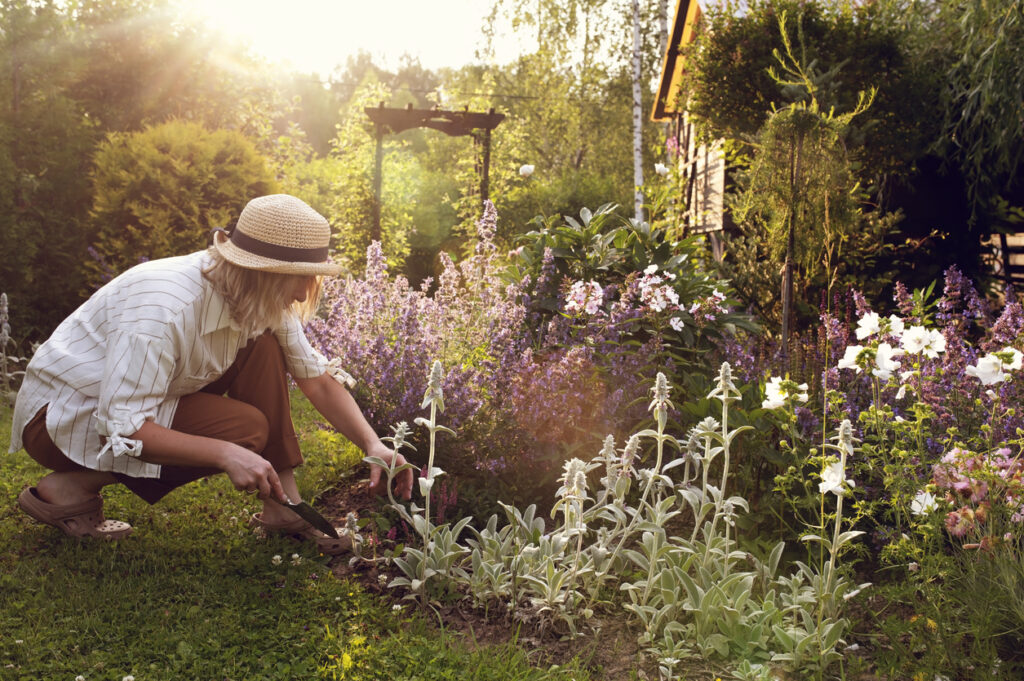
However, even the greenest of thumbs can accidentally cause harm without meaning to. From the types of plants we choose to the way we treat the soil and wildlife, a lot of traditional garden habits aren’t as eco-friendly as they look. Here are 14 common gardening practices that might be working against the environment—without you even knowing it.
1. Using pesticides and weedkillers

They might keep your roses looking perfect, but chemical sprays are one of the biggest culprits when it comes to harming pollinators like bees and butterflies. Many pesticides don’t just kill pests—they disrupt entire food chains and can contaminate soil and water.
Even weedkillers labelled as “safe” often contain ingredients that build up in the ecosystem. Over time, they can poison the insects birds rely on, damage plant roots, and contribute to a sharp drop in garden biodiversity.
2. Planting only non-native species
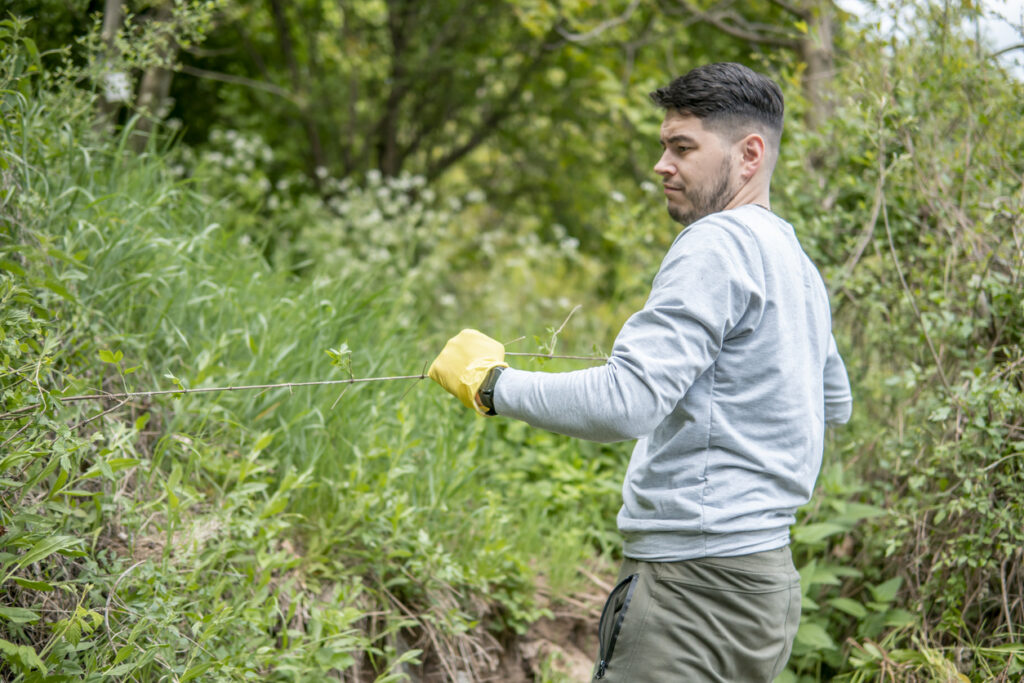
That tropical-looking shrub might look stunning in your flower bed, but if it’s not native, it may not support local wildlife. Many imported plants offer little to no food for UK insects, birds, or mammals. Native plants, on the other hand, have evolved alongside local creatures and are far more likely to provide food, shelter, and nesting space. Filling a garden with nothing but showy exotics might look good, but it’s often a dead zone for local life.
3. Keeping everything too tidy
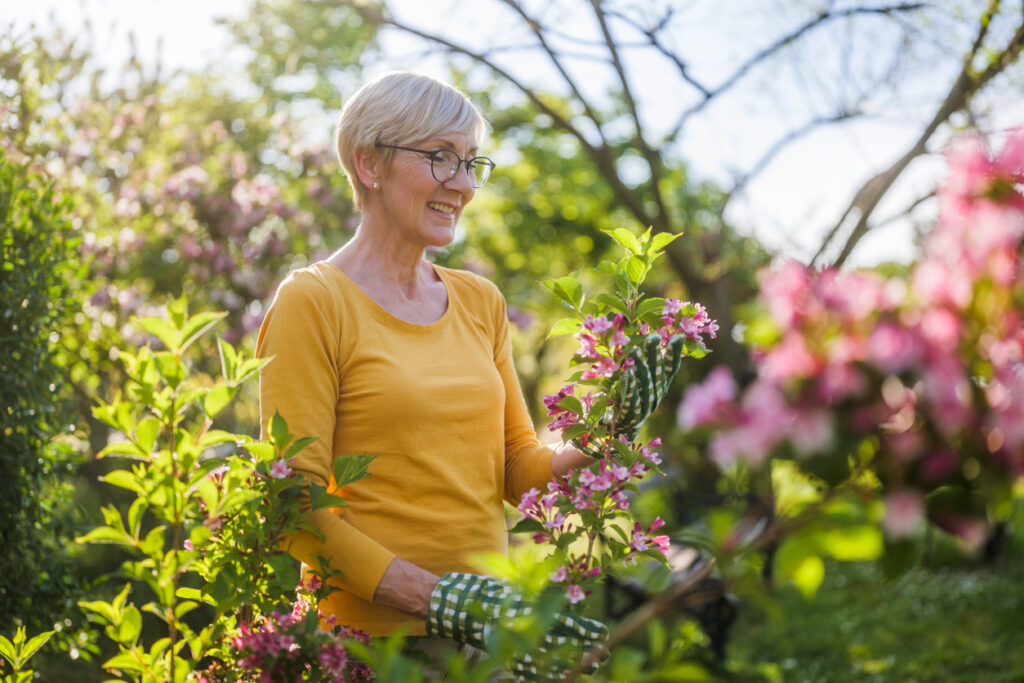
We’re often told to keep gardens neat, trimmed, and weed-free, but that overly groomed look doesn’t leave much room for wildlife. Bare soil, mown lawns, and pruned shrubs strip away the micro-habitats that insects, frogs, and small mammals depend on. A bit of mess, like leaf piles, log stacks, or even a forgotten corner, can make a huge difference for creatures trying to survive. Letting your garden look a little wild can actually bring it to life.
4. Overwatering unnecessarily
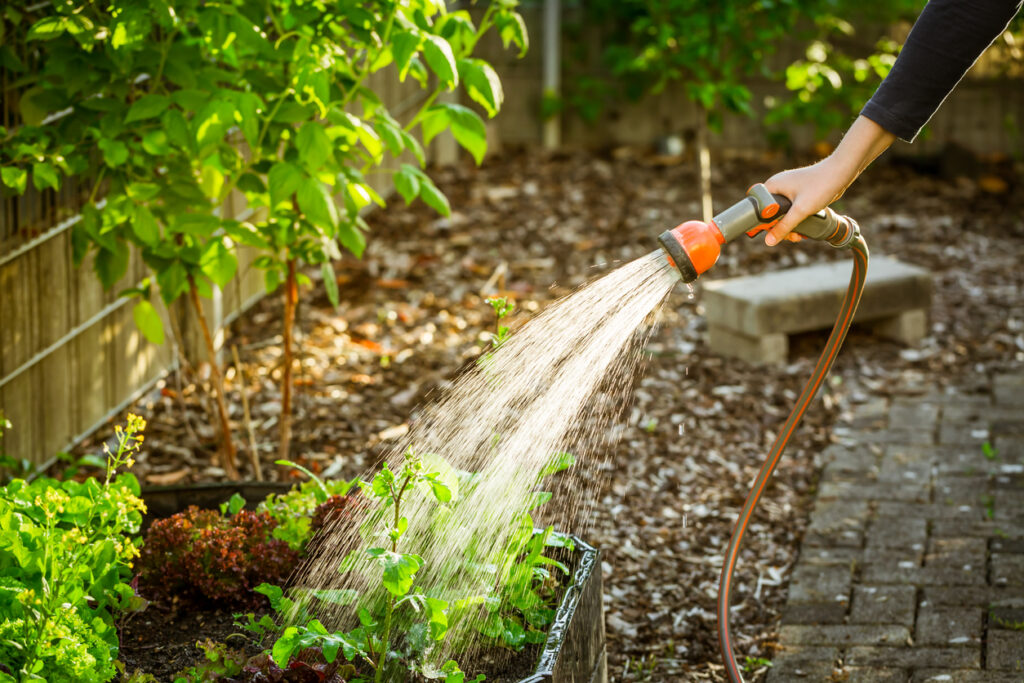
Watering isn’t always the gentle act it seems. Constantly soaking plants—especially during cooler months—can waste a huge amount of water and lead to runoff that damages soil quality and nearby water systems. Many plants don’t need daily watering once they’re established. Getting to know your soil type and watering smartly helps your plants and avoids draining local water supplies for no reason.
5. Laying down artificial grass

It might seem low maintenance, but artificial turf is a biodiversity disaster. It blocks the soil underneath, heats up rapidly in the sun, and offers nothing to insects or birds. No worms, no roots, no life—just plastic. What’s worse, it can contribute microplastics to the environment over time and causes problems with drainage. It’s neat, sure—but it turns your garden into a silent, sterile patch of green.
6. Using peat-based compost
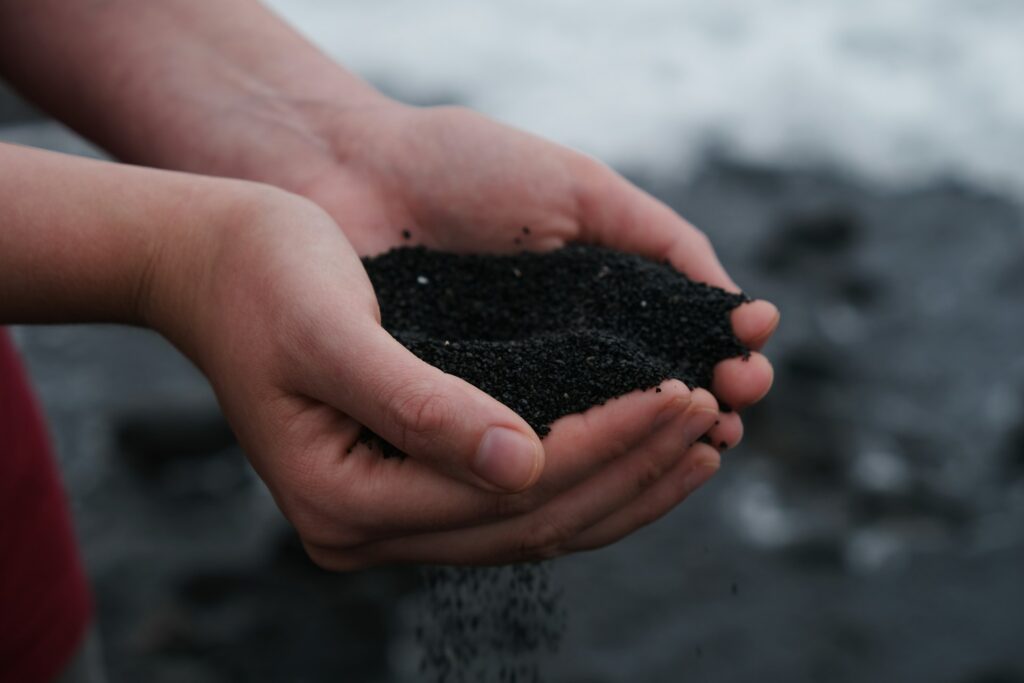
Peat might be cheap and effective, but it’s one of the most environmentally damaging gardening products you can buy. Harvesting peat destroys vital carbon-storing peat bogs, which are essential for fighting climate change and supporting rare wildlife. There are plenty of alternatives now—coco coir, green waste compost, and other peat-free mixes. Making the switch is one of the simplest but most meaningful things you can do for the planet.
7. Removing dandelions and clover
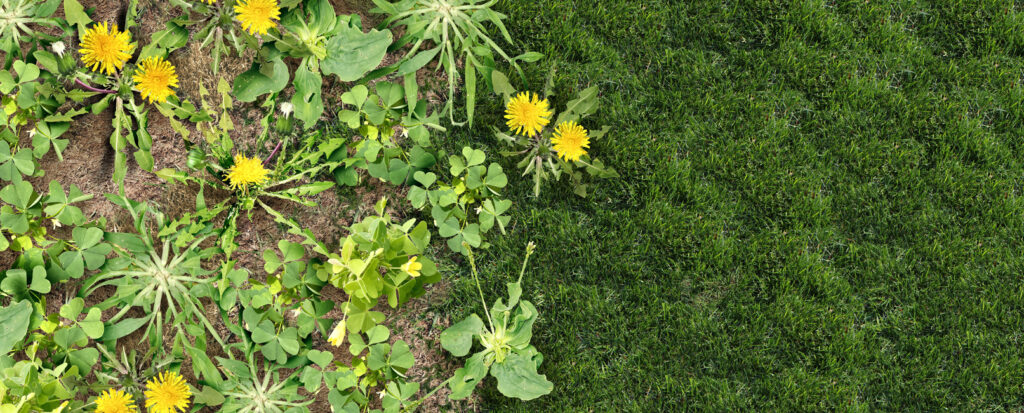
Dandelions and clover are often labelled as weeds, but they’re actually brilliant early food sources for pollinators when little else is blooming. Tearing them out or spraying them down does more harm than good, especially in spring. Letting a few of these so-called weeds hang around is a small step that can support entire populations of bees, butterflies, and beetles in your area.
8. Letting lawn dominate the space
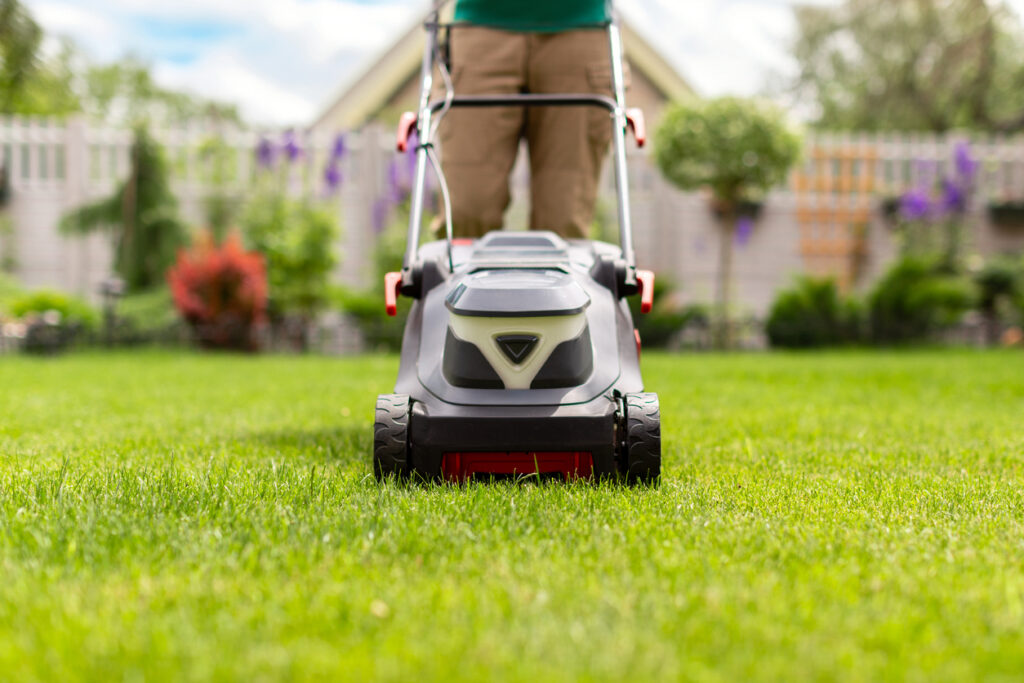
Traditional lawns are surprisingly high-maintenance and low on ecological value. Mowing constantly, using weed and feed treatments, and watering through dry spells all take their toll on the environment. Swapping even a small patch of lawn for wildflowers, meadow grass, or native planting can turn a flat, lifeless space into a thriving micro-habitat. Your garden doesn’t need to look like a golf course to be beautiful.
9. Buying plants wrapped in plastic
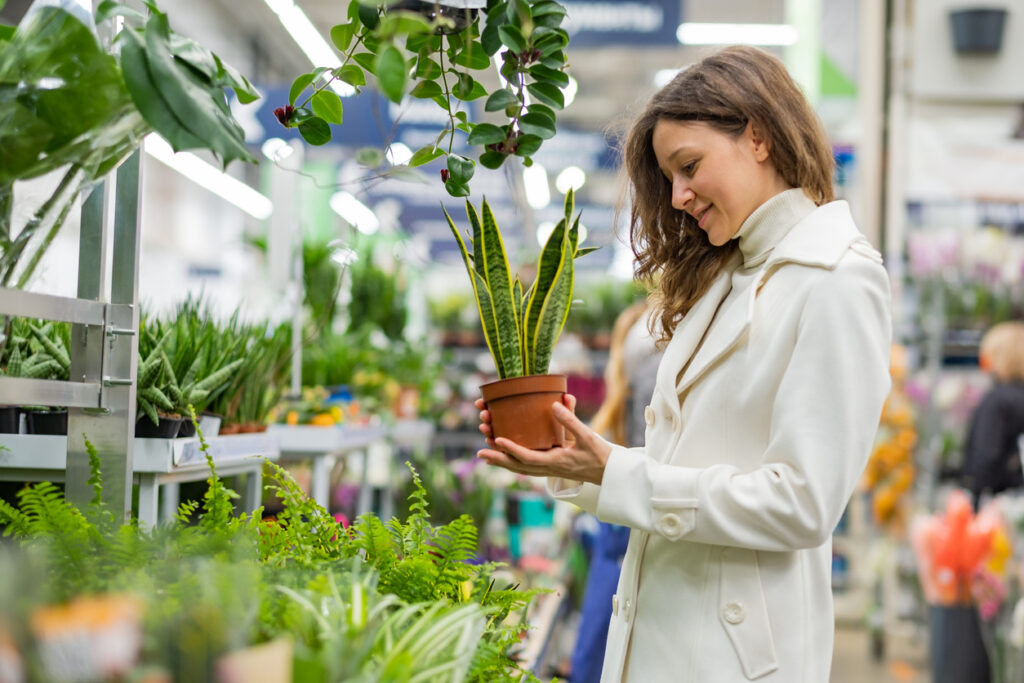
Trips to the garden centre often mean coming home with trays of plastic pots, labels, and wrap. It adds up fast—and most of it ends up in landfill or breaks down into microplastics. Some nurseries now offer plastic-free or pot-return options. Choosing bare-root plants or growing from seed is even better. It’s not just about what you plant—it’s how it gets to you, too.
10. Ignoring your soil health
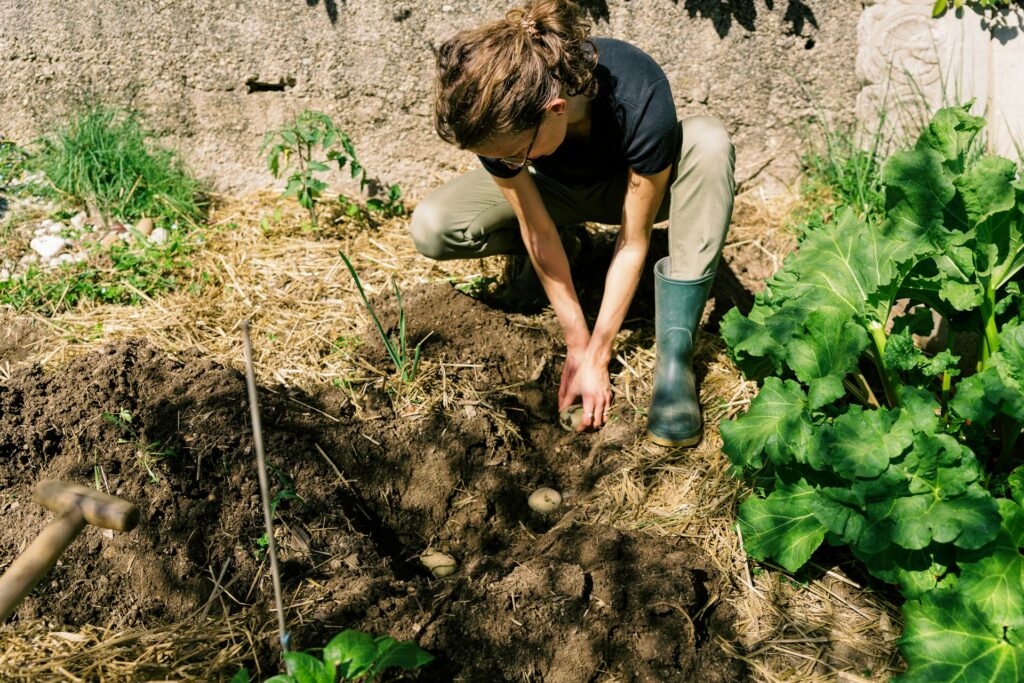
Soil isn’t just dirt—it’s alive. Overdigging, compacting, or leaving it bare too often can kill the microbes, fungi, and insects that keep it thriving. Once the soil dies, everything else struggles too. Adding compost, mulching, and leaving some areas undisturbed can help restore balance. Healthy soil supports better plants, stores more carbon, and holds water more effectively.
11. Installing bright lights
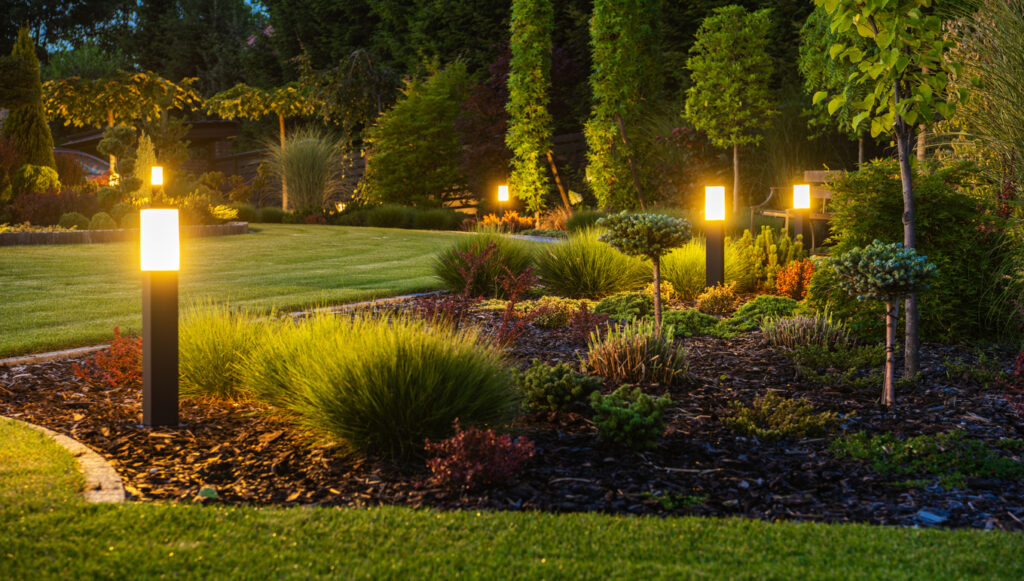
Garden lighting might look lovely at night, but it messes with nocturnal wildlife. Moths, bats, hedgehogs—all rely on darkness to feed, navigate, and stay safe. Motion-sensor lights or solar lamps with warm tones are better alternatives. Turning lights off at night, or shielding them from spilling everywhere, can help keep natural rhythms intact.
12. Buying invasive plants without knowing
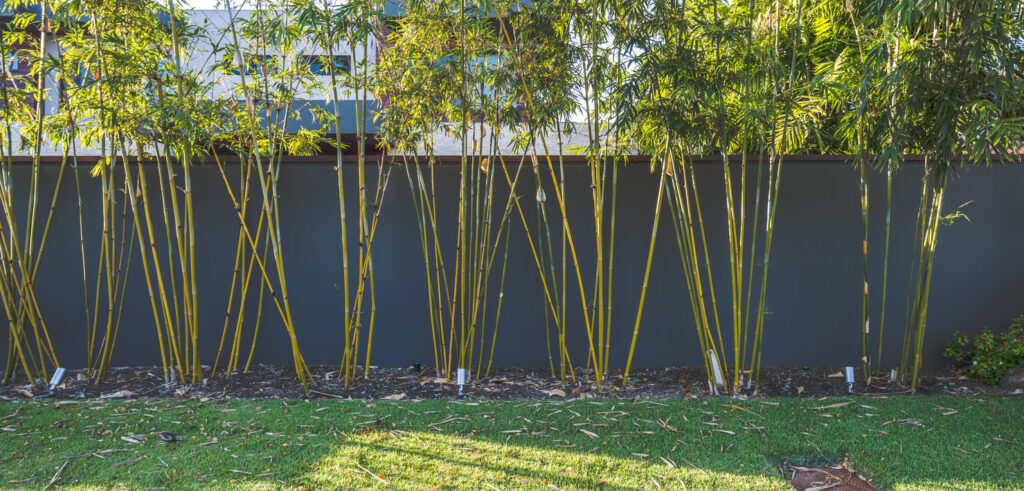
Some plants sold in garden centres can be aggressive spreaders that crowd out native species or damage wild areas when they escape gardens. Things like bamboo, Japanese knotweed, or rhododendron might look harmless, but they cause real harm once they take hold. It’s always worth checking whether a plant is listed as invasive in your region before adding it to your garden. A little research up front can save a lot of trouble later on.
13. Raking away all the fallen leaves
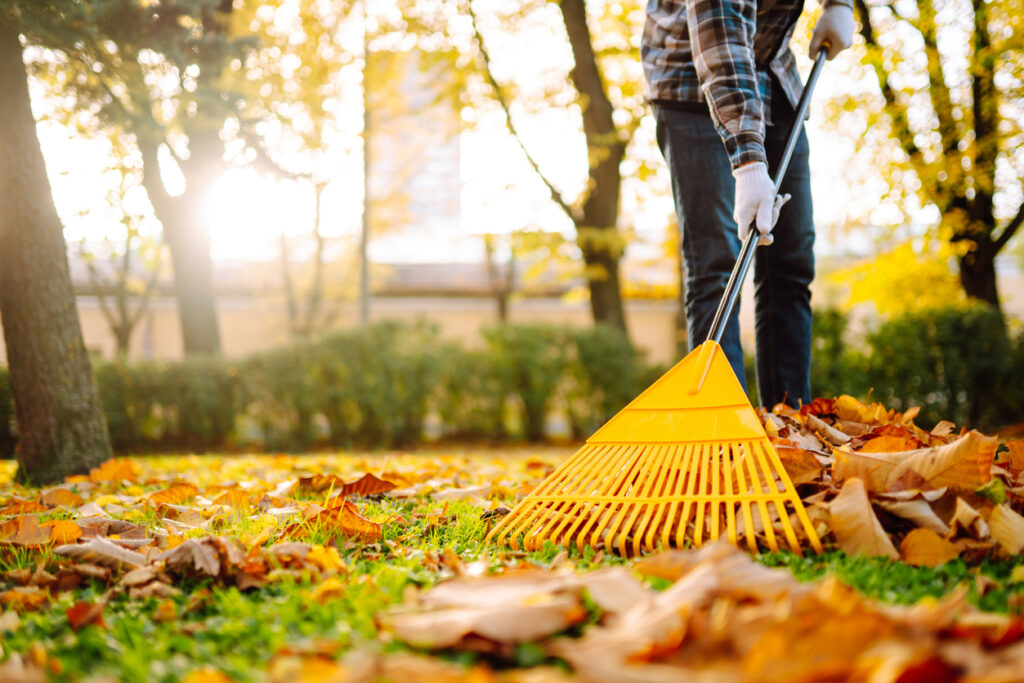
Yes, a blanket of leaves can look untidy—but it’s essential habitat and insulation for loads of garden wildlife. Frogs, hedgehogs, beetles and worms all rely on leaf litter to survive winter. Rake it off paths, sure—but leaving it under shrubs or in corners of the garden helps maintain a rich, living ecosystem beneath your plants. It also feeds the soil as it breaks down naturally.
14. Trying to control everything
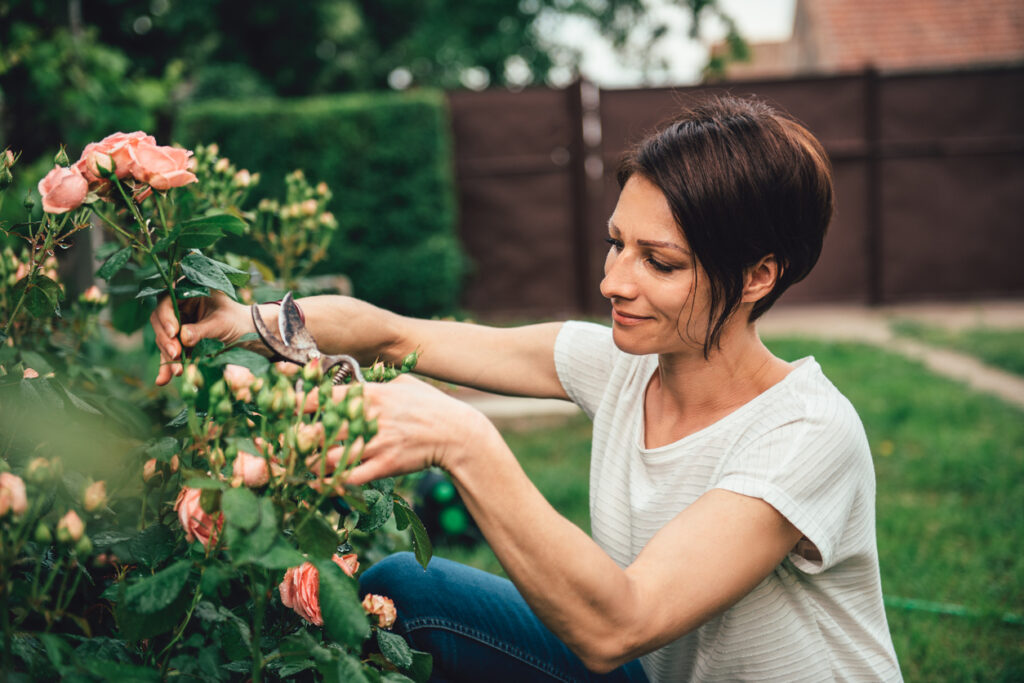
The instinct to tame every part of a garden can end up stripping it of life. Nature works best when it’s allowed to be a bit messy, unpredictable, and spontaneous. The more we try to dominate it, the more we lose. Letting a few nettles grow, resisting the urge to squash every slug, or allowing ivy to do its thing can all help tip the balance back. Sometimes, the best thing you can do for the planet is step back and let your garden go a bit wild.